Enterprise smartwatch roundup - the top 5 business wearables
We test the top business smartwatches that you can buy today - that AREN'T the Apple Watch
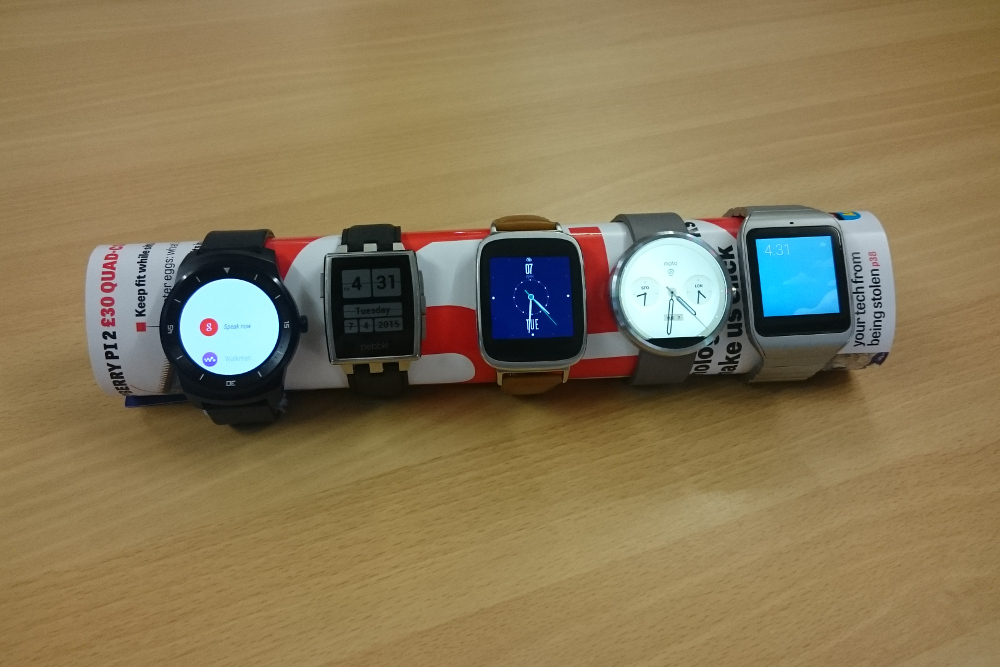

Smartwatches - they're the aspect of the wearable revolution that everyone seems to have fallen most in love with. The Apple Watch has been a hot topic since it was announced in September last year, and with wearable and IoT platforms continuing to develop, it seems like a trend that's set to continue.
Though primarily marketed as high-end consumer tech, many people in the enterprise community are starting to look at smartwatches as a way to optimise their workflow. By effectively managing communications, calendar details and personal fitness without constantly checking a smartphone, wearable devices can help busy professionals to streamline their workday.
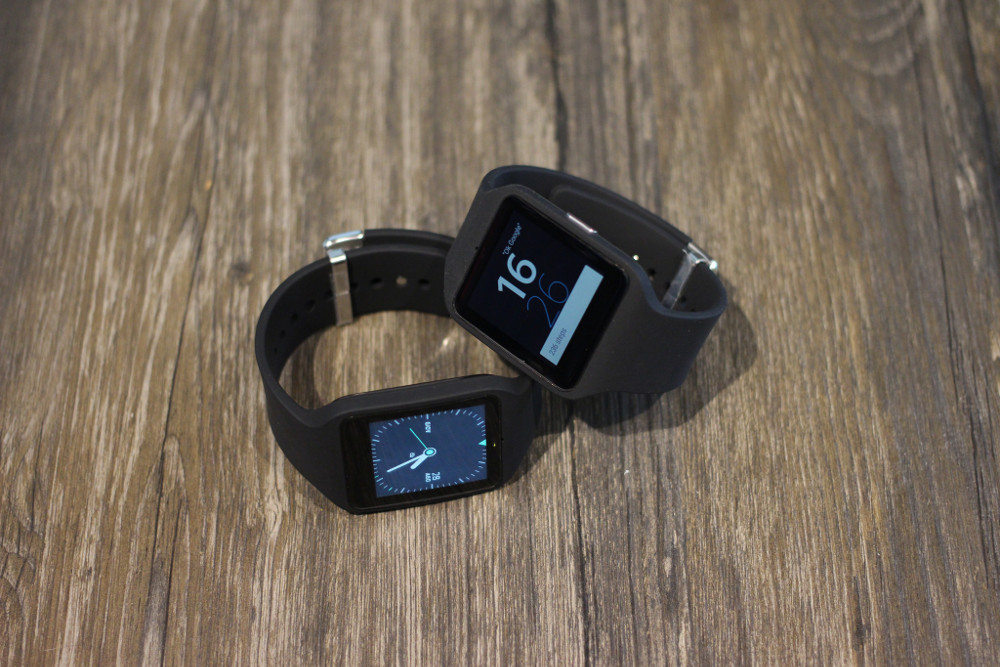
For those looking to enter the world of wearables, we've collected the five best enterprise smartwatches, and after some thorough testing, we've come up with a winner. But first, let's examine which key areas any good smartwatch needs to focus on.
Battery
Battery life is a crucial aspect of any tech. Smartwatches in particular have been criticised for the fact that most need to be charged on roughly a daily basis. Balancing a small, comfortable form-factor with battery-intensive operations is a tricky feat to pull off, and there are some that do it better than others. However, as a general benchmark, most smartwatches will do somewhere in the region of two days before giving up the ghost.
Operating system
Much like with smartphones, Android is currently dominating the wearables market through sheer force of numbers. The vast majority of smartwatches sport Google's Android Wear OS, although there are a few outliers with their own proprietary software, in addition to the forthcoming Apple Watch.
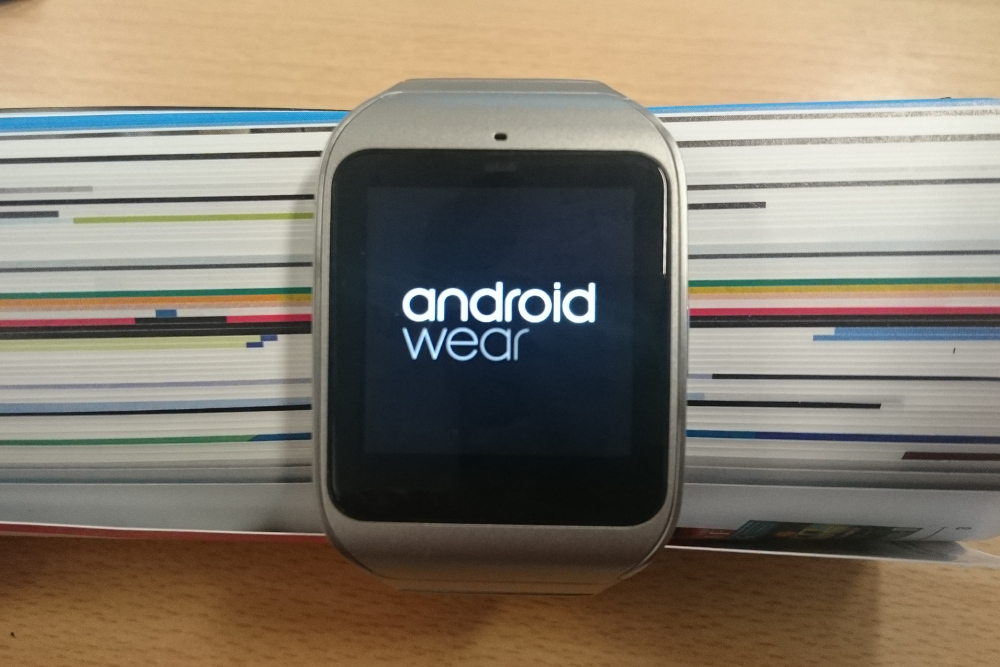
Android Wear is Google's stab at the burgeoning Smartwatch market. It's not quite perfect, and it's lacking the killer functionality that will drive widespread adoption, but it's still a pretty nifty operating system.
Those that regularly use Android's Google Now service will feel pretty quickly at home Android Wear operates on the same cards' system, flashing up tiles with relevant notifications as they happen. These primarily consist of push notifications from Facebook, emails, texts and the like, but it will also show you things like weather forecasts and fitness information.
Get the ITPro daily newsletter
Sign up today and you will receive a free copy of our Future Focus 2025 report - the leading guidance on AI, cybersecurity and other IT challenges as per 700+ senior executives
App integration
One of the more useful features is the integration of the OK Google' voice command technology. Not only does it let you search the web from your smartwatch, you can also dictate commands to your smartphone. Through this, you can reply to messages, get directions and set personal reminders, among other tasks.
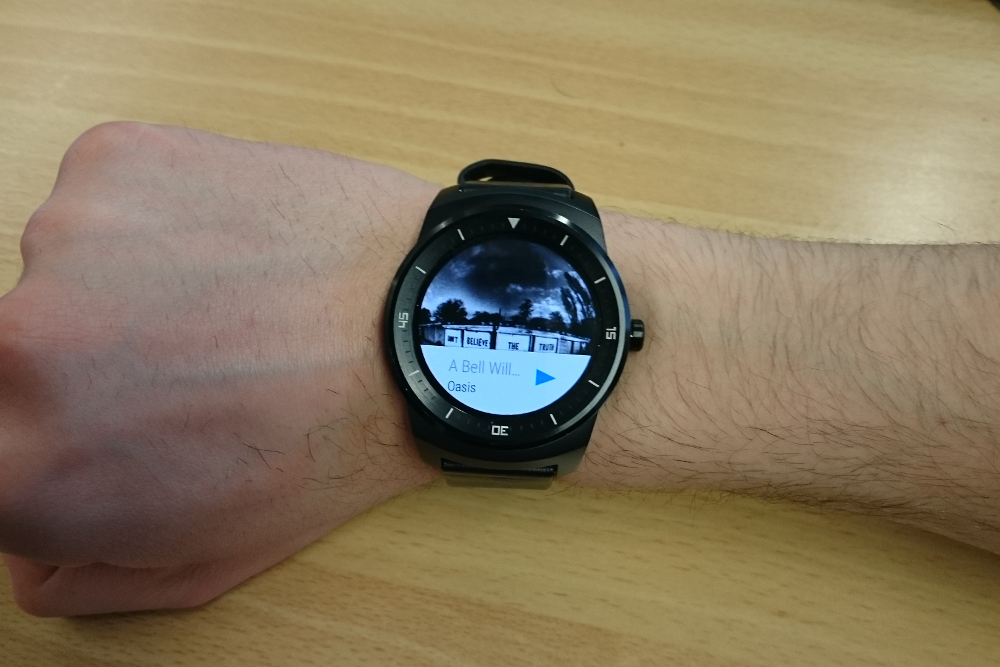
The feature-set is currently slightly limited by the range of supported and purpose-built apps for the platform. At present, there's only a handful that have been optimised for the smaller screen and control mechanics of Android Wear, but that's likely to change as wearable technology increases in popularity.
How useful you find smartwatches in general will relate directly to how busy you are on a day-to-day basis. Those that do a lot of communicating via messaging apps or have to juggle multiple appointments on a regular basis, for example, will probably find it incredibly handy, as will those that like to run or cycle.
Those that do a lot of intensive web-browsing or emailing, however, may want to stick to a traditional smartphone. The small screen and dictation-based response system are ill-suited to these tasks, and can often be frustrating on a smartwatch.
Weight and feel
We have to confess, we went into this as people that didn't regularly wear a watch. As such, it took a little while to get used to having something constantly on our wrist. For comparison, however, we also spent a few day with a regular' Ben Sherman watch, in order to check how much of a gulf there actually is between the two weights.
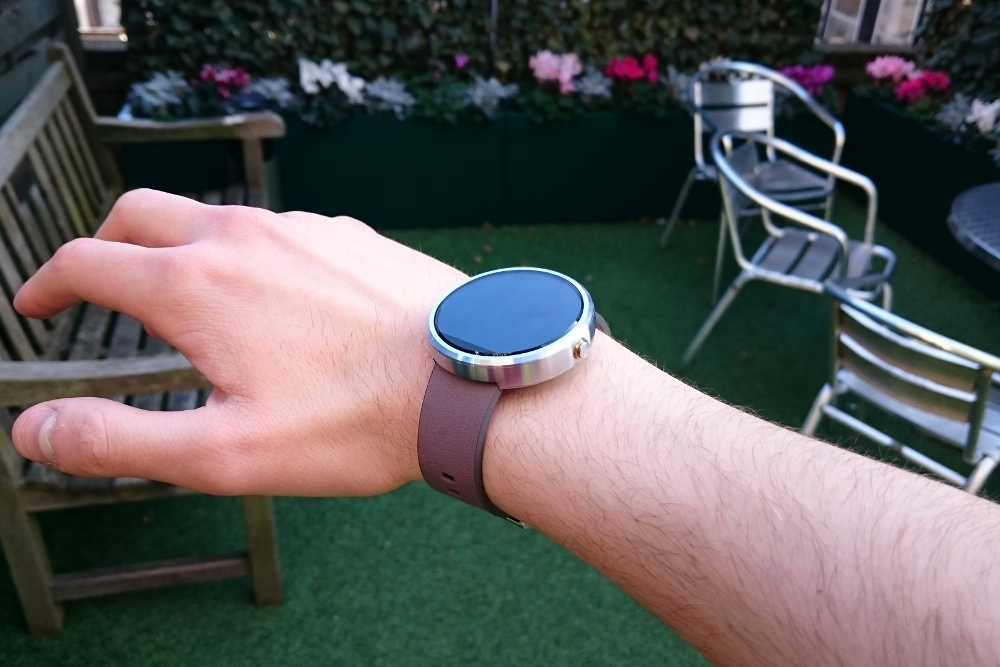
Contrary to our expectations, there's actually not as much of a difference as we thought. All of the watches we tested felt reasonably comfortable, and after a while, you'll barely notice they're there. People that habitually wear a watch are likely to adjust almost immediately.
Price
Almost all of the smartwatches currently on the market are hovering somewhere around the 200 price-point. This is likely to be the most off-putting factor for those still on the fence about wearables; it's a pretty big chunk of change for something that's essentially a peripheral for your existing smartphone.
However, deals can be had with some smart shopping, and you can pick up earlier, less well-equipped alternatives to the products in this list for around 100. One thing that continues to baffle us though is the lack of bundle deals available.
All but one of the companies in this round-up manufacture smartphones and tablets as well as wearables, and it would seem like offering all three as a package deal is an obvious move. Sadly, while watch and smartphone deals occasionally crop up, we can't seem to find any evidence of companies offering the full set.
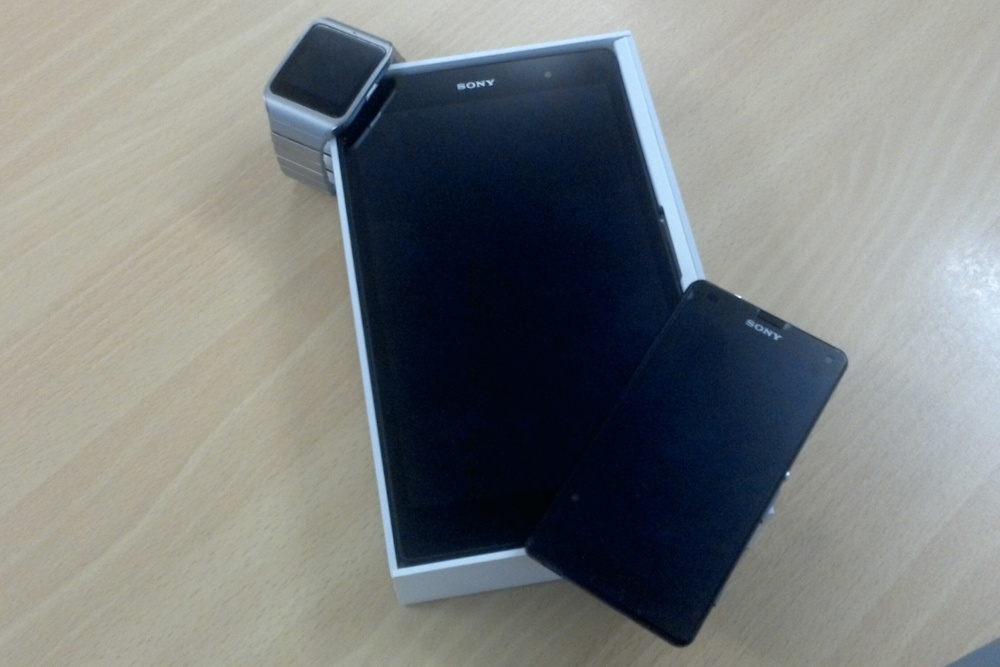
Specs
There's still some debate regarding smartwatch specs. Some say that they should be as high-end as possible without being extortionately expensive, whilst others are happy to sacrifice a little performance for a smaller form-factor and lower price-point.
However, having said that, the age of a smartwatch's components doesn't make as much of a speed difference as you might initially think. Functionally, the performance difference between these watches is measured in milliseconds, and you're unlikely to be disappointed by any in that regard.
Adam Shepherd has been a technology journalist since 2015, covering everything from cloud storage and security, to smartphones and servers. Over the course of his career, he’s seen the spread of 5G, the growing ubiquity of wireless devices, and the start of the connected revolution. He’s also been to more trade shows and technology conferences than he cares to count.
Adam is an avid follower of the latest hardware innovations, and he is never happier than when tinkering with complex network configurations, or exploring a new Linux distro. He was also previously a co-host on the ITPro Podcast, where he was often found ranting about his love of strange gadgets, his disdain for Windows Mobile, and everything in between.
You can find Adam tweeting about enterprise technology (or more often bad jokes) @AdamShepherUK.
-
 Bigger salaries, more burnout: Is the CISO role in crisis?
Bigger salaries, more burnout: Is the CISO role in crisis?In-depth CISOs are more stressed than ever before – but why is this and what can be done?
By Kate O'Flaherty Published
-
 Cheap cyber crime kits can be bought on the dark web for less than $25
Cheap cyber crime kits can be bought on the dark web for less than $25News Research from NordVPN shows phishing kits are now widely available on the dark web and via messaging apps like Telegram, and are often selling for less than $25.
By Emma Woollacott Published
-
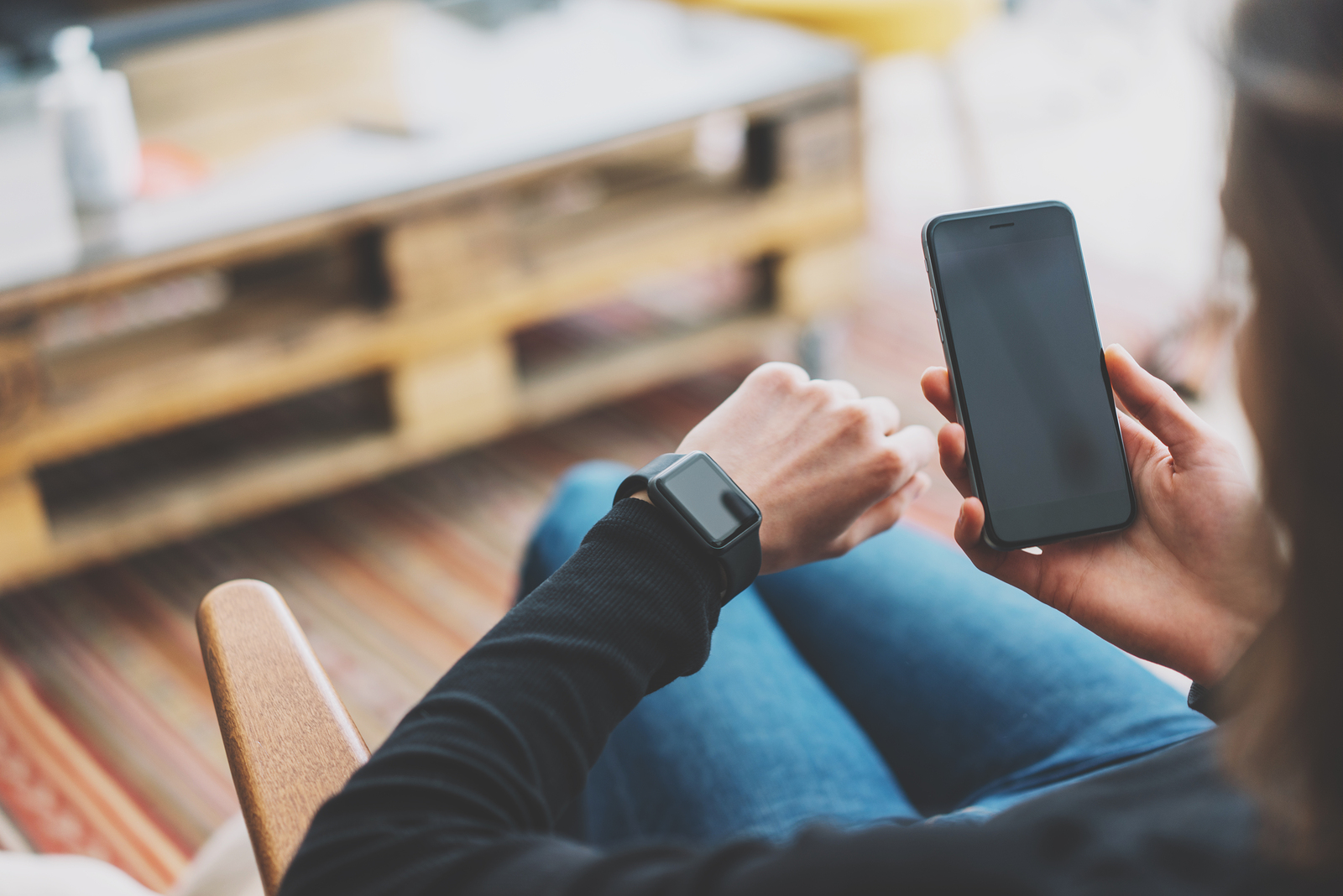 Wearables: First Windows 10 smartwatch is on its way, and it means business
Wearables: First Windows 10 smartwatch is on its way, and it means businessNews Specs are hard to come by, but we know it will be built on Microsoft's Windows 10 IoT OS
By Dale Walker Published
-
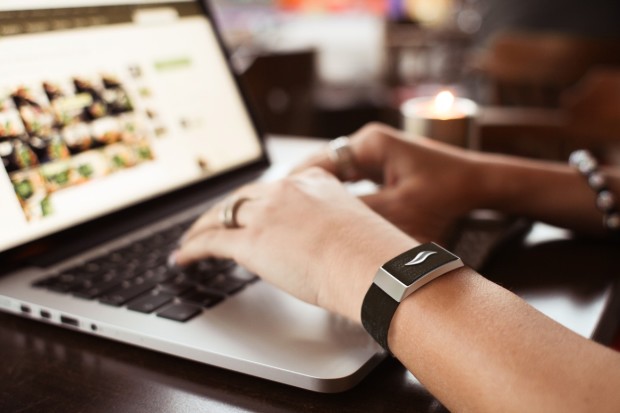 The best wearable devices for business
The best wearable devices for businessBest The best lightweight devices to help you stay productive during a busy workday
By Dale Walker Published
-
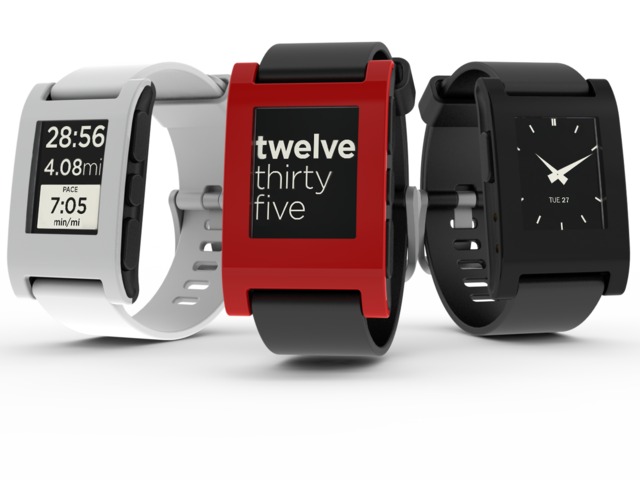 Smartwatch sales slump 52% as hype wanes
Smartwatch sales slump 52% as hype wanesNews Apple, Lenovo and Pebble all lose out in third quarter
By Dale Walker Published
-
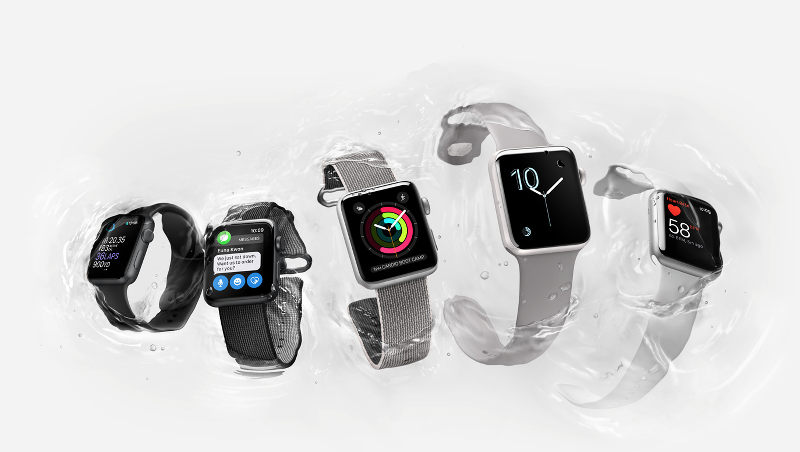 Apple Watch Series 2 review: First look
Apple Watch Series 2 review: First lookFirst look If you waited for the second generation, you haven't wasted your time
By Jane McCallion Published
-
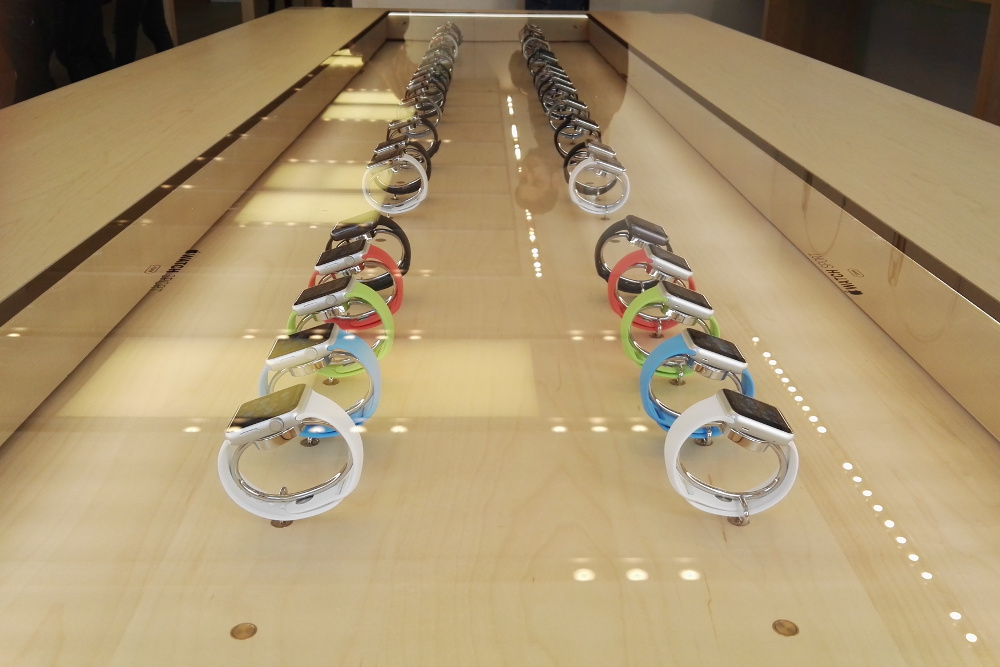 Apple watchOS 3 release date and features: watchOS 3 update available on 13 September
Apple watchOS 3 release date and features: watchOS 3 update available on 13 SeptemberRumours watchOS 3 can be downloaded from Tuesday next week
By Jane McCallion Published
-
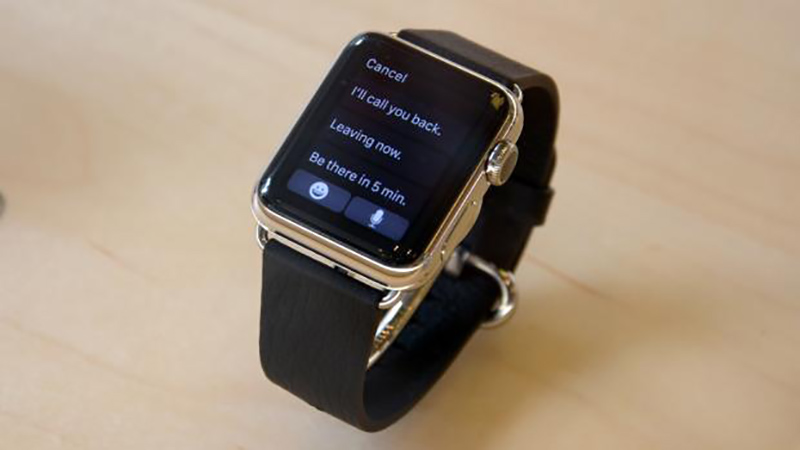 Apple Watch release date, price, features, availability and delivery date: Special edition Apple Watch bands arrive for the Olympics
Apple Watch release date, price, features, availability and delivery date: Special edition Apple Watch bands arrive for the OlympicsRumours But will only be available in Brazil
By Maggie Holland Published
-
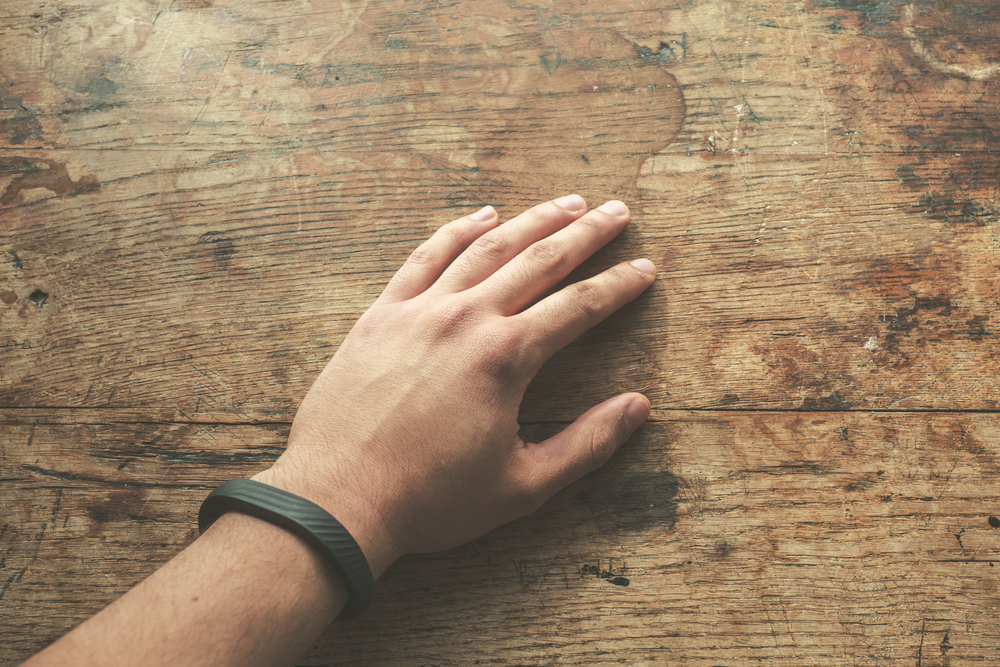 Fitbit patents ruled invalid in Jawbone lawsuit
Fitbit patents ruled invalid in Jawbone lawsuitNews ITC judge recommends case be thrown out
By Adam Shepherd Published
-
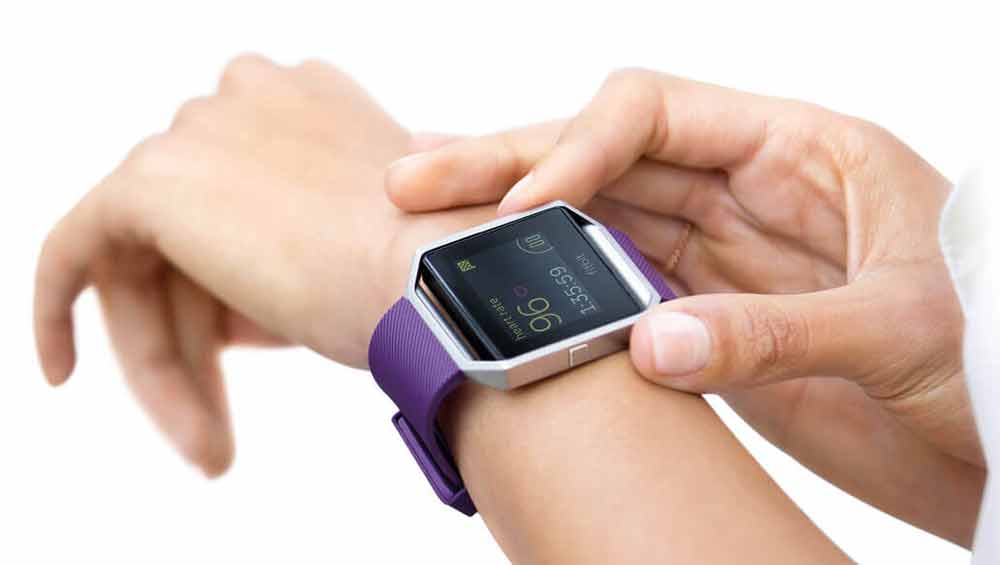 Fitbit heart rate monitors are off by 20 BPM, study shows
Fitbit heart rate monitors are off by 20 BPM, study showsNews Researchers have corroborated claims that the company's PurePulse trackers are "dangerously inaccurate"
By Adam Shepherd Published